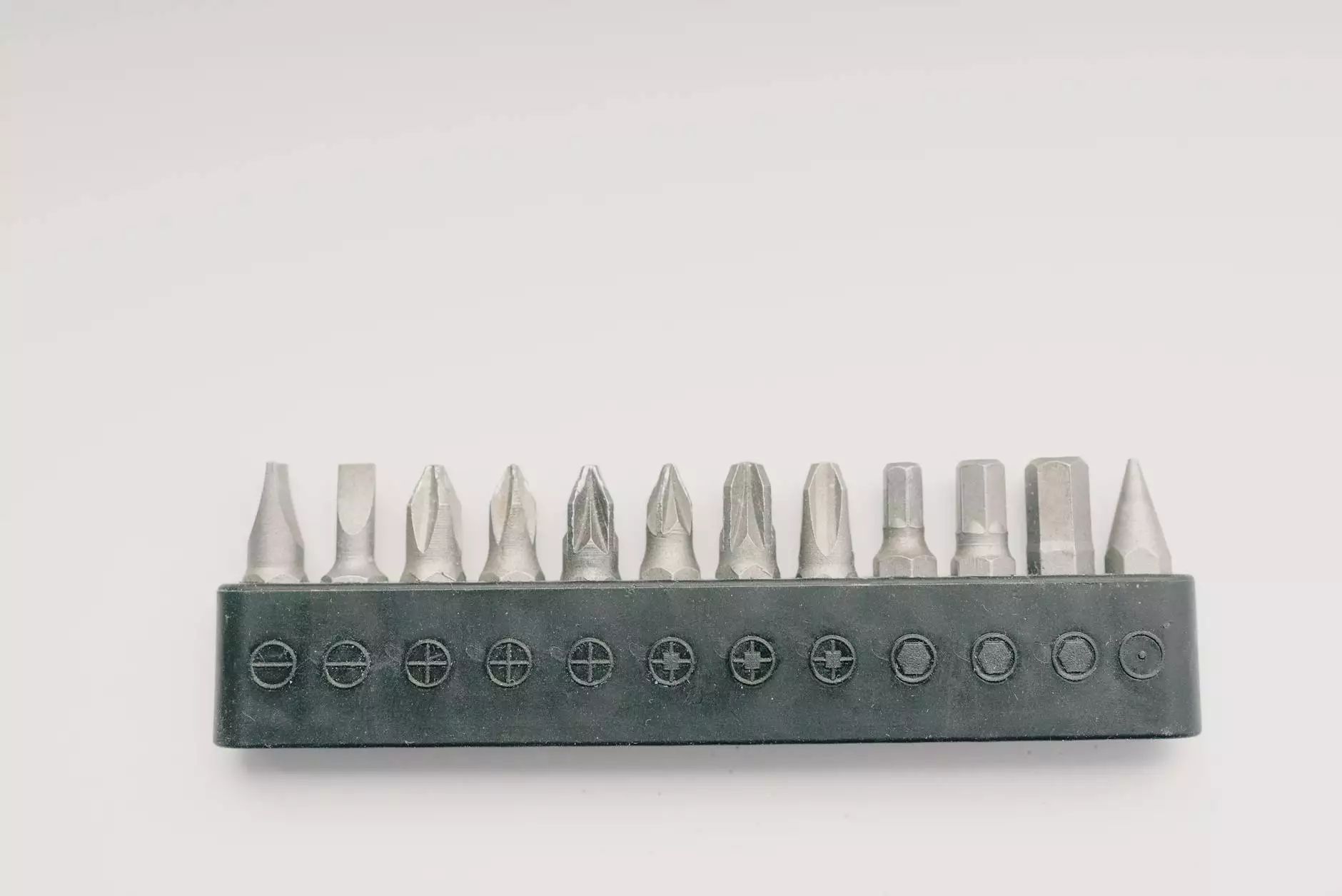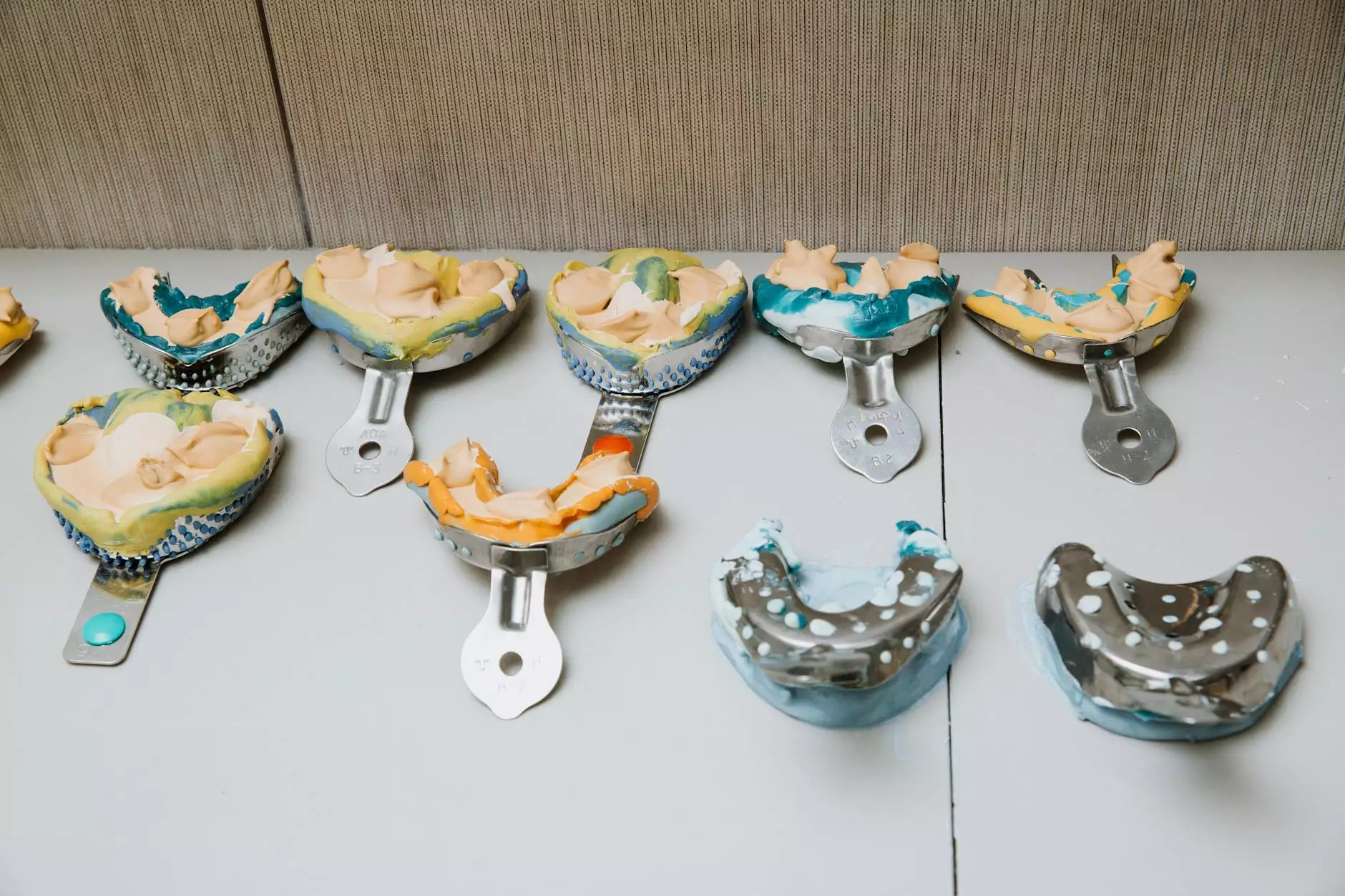Ultimate Guide to MRI Medical Imaging Devices Maintenance

In today's healthcare landscape, the importance of reliable diagnostic tools cannot be overstated. MRI medical imaging devices are at the forefront of diagnosing various medical conditions, providing critical insights that can significantly influence patient outcomes. Proper maintenance of these sophisticated devices is paramount, as it not only extends the lifespan of the equipment but also ensures the accuracy and safety of the diagnostic results.
Understanding MRI Devices
Magnetic Resonance Imaging (MRI) uses powerful magnets and radio waves to create detailed images of the organs and tissues inside the body. Understanding the intricate technology behind MRI devices is essential for effective maintenance. These devices consist of several components, including:
- Superconducting Magnets: Producing a strong magnetic field critical for imaging.
- Gradient Coils: Controlling the magnetic field to produce images.
- Radiofrequency Coils: Sending and receiving radio signals.
- Control Systems: Central to the operation and diagnostics of the machine.
- Cooling Systems: Essential for maintaining optimal operating temperatures.
The Importance of Regular Maintenance
As with any sophisticated equipment, regular maintenance is vital for MRI devices. Neglecting maintenance can lead to a range of issues including:
- Decreased Image Quality: Poor maintenance can result in low-quality images that may hinder accurate diagnoses.
- Safety Risks: Malfunctioning MRI machines can pose safety risks to both patients and operators.
- Increased Downtime: Unscheduled repairs can lead to lengthy downtimes affecting the overall efficiency of medical centers.
Key Maintenance Practices for MRI Devices
1. Routine Inspections
Conducting routine inspections is fundamental. Regular checks not only identify issues before they escalate but also ensure that equipment operates within specified parameters. Here are some essential components to inspect:
- Magnet integrity
- Coil connections and performance
- Cooling systems functionality
- Electrical connections
- Software updates and performance checks
2. Calibration
Ensuring that the MRI device is properly calibrated is critical for accurate readings. Calibration involves adjusting the machine’s settings to ensure that it produces the correct results. An annual calibration, along with additional checks after significant repairs, should be a standard operating procedure.
3. Cleaning Procedures
Keeping an MRI machine clean is essential not only for performance but also for patient safety. Substances like dust and even biological contaminants can interfere with machine performance. Regular cleaning schedules should be established, focusing on:
- External surfaces of the scanner
- Coil covers
- Control panels
Technological Maintenance Solutions
1. Software Management
Most modern MRI machines rely heavily on software for operation and image processing. It’s crucial to have a robust software management plan that includes regular updates to ensure compatibility and security.
2. Predictive Maintenance Technologies
Advancements in technology have brought about predictive maintenance tools that can alert technicians to potential issues before they become serious. These systems leverage data analytics and machine learning to predict when maintenance should be performed.
Training for Technicians
The importance of having well-trained technicians cannot be underestimated. Familiarity with the machine's operations, potential problems, and maintenance practices is essential. Regular training sessions should include:
- Understanding new technologies and equipment
- Best practices in maintenance
- Safety protocols and procedures
Creating a Comprehensive Maintenance Schedule
A comprehensive maintenance schedule is an invaluable tool for any medical center utilizing MRI machines. It should include:
- Daily checks: routine visual inspections.
- Weekly maintenance: more in-depth checks of the coils and connections.
- Monthly performance evaluations: checking image quality and software updates.
- Annual comprehensive evaluations: detailed assessments and any required calibration.
Utilizing Expert Services
Engaging with a professional maintenance service like echomagnetservices.com can provide significant advantages. These services specialize in MRI equipment management and can offer:
- Expert technicians trained in the latest technologies.
- Access to advanced predictive maintenance tools.
- Rapid response times for urgent repairs.
Regulatory and Compliance Considerations
Maintaining regulatory compliance is essential for medical facilities using MRI devices. Organizations like the FDA and other regulatory bodies set stringent guidelines that must be adhered to. Regular maintenance not only helps in compliance but also in ensuring the highest level of patient safety.
Conclusion
In conclusion, the maintenance of MRI medical imaging devices is a multifaceted process that requires diligence, expertise, and structured planning. By implementing a robust maintenance protocol, healthcare facilities can ensure that their MRI machines operate efficiently, safely, and accurately, ultimately leading to better patient care and outcomes. Engaging qualified professionals, such as those from echomagnetservices.com, can further enhance the reliability and performance of these critical diagnostic tools.
Understanding and investing in proper maintenance practices is not just beneficial; it is essential for the sustainability of patient-centered healthcare.
mri medical imaging devices maintenance








